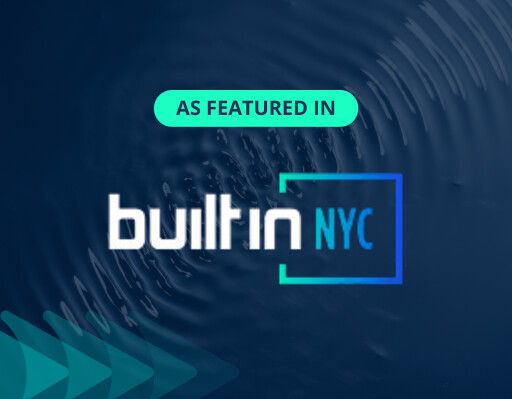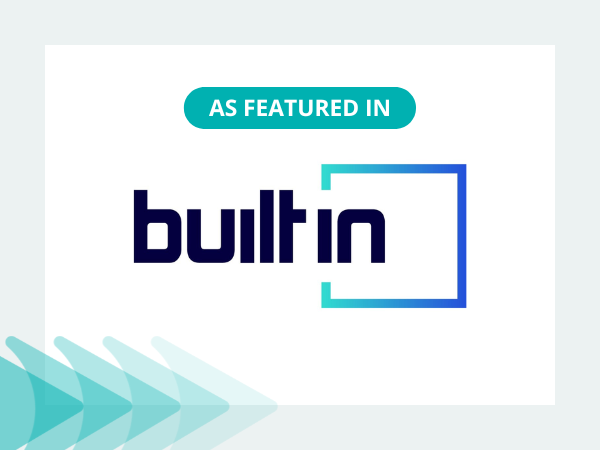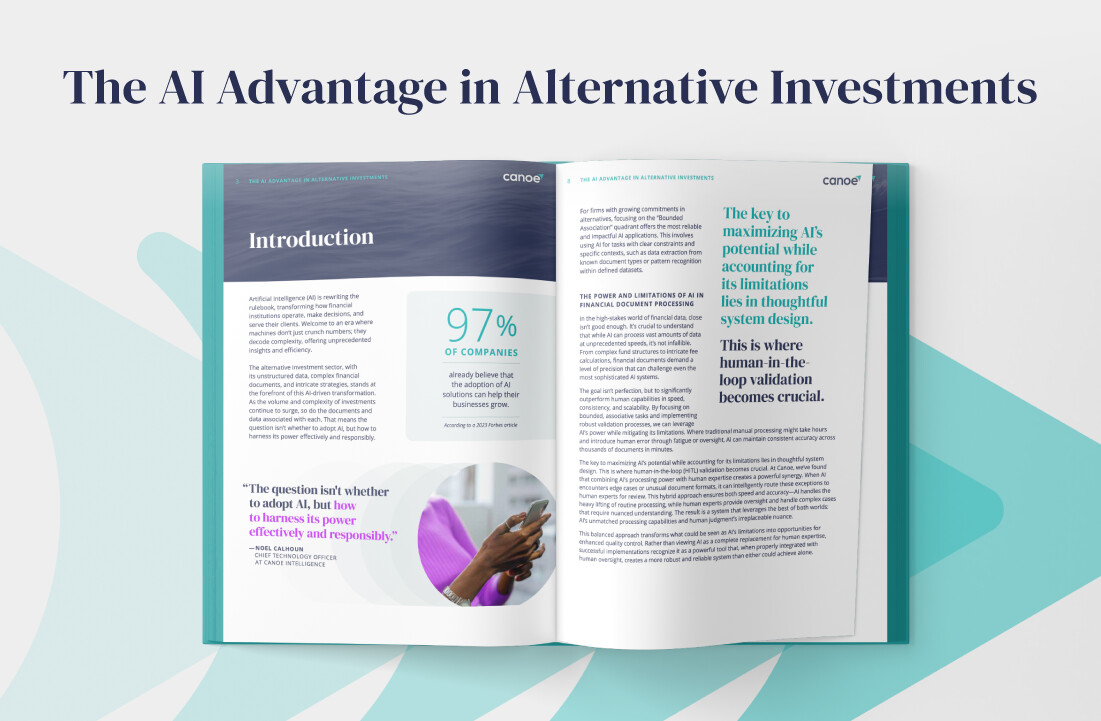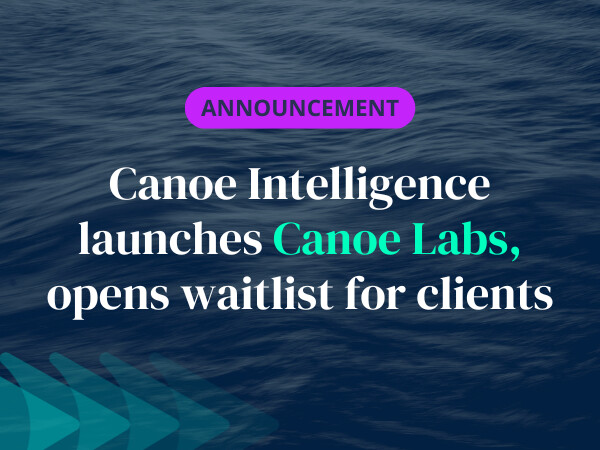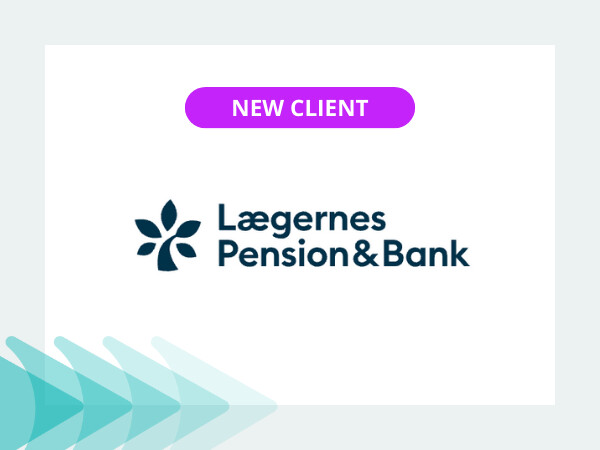Canoe Thought Starter: Employing Change Management to Successfully Implement New Tech
Canoe Thought Starters is a blog series that explores timely topics for alternative investors, including institutional investors, capital allocators, asset servicing firms, and wealth managers. Designed as thought exercises to drive conversations within your firm, these discussions are inspired by our recent interactions with clients, prospects, and influencers in the industry. This month, in part two, we are discussing what it takes to successfully implement a new technology. Missed part one, Change Management’s Role in a New Tech Implementation? Check out our to-do list framework to better understand how your new tech may impact existing processes.
Understanding Your Business and Objectives
All too often, one project wrapping up means that it’s time to move on to the next. However, the reality of a new technology purchase is that implementation is not actually the project’s endpoint. As the end user, you own the vast majority of the project’s success.
Articulate your thesis for this project, explain your intended business results, and ensure that the provider validates your objectives. Our clients often measure this success in terms of adoption rate, key results accomplished, and workflow enhancement over time. After managing more than 200 technology implementations, we’ve found that the best way to ensure the implementation isn’t “the end” of the project—aka, where you move on and stop investing in its success—is to bifurcate the implementation deliverable itself from the ongoing return on investment for the new tech.
Look for a vendor that takes a collaborative approach. “One thing I’ve always found so frustrating is that I get on so many vendor calls where they just give me the steps and don’t ask me any questions. Without taking the time to understand the problems I’m trying to solve, it feels like no one is truly invested in the project on either side,” said Tim Loughrey, Head of Client Success at Canoe. “With that in mind, we’ve reoriented our implementation projects to be much more collaborative, analytical, and design-oriented in the first couple of sessions. As a vendor ourselves, we actively invest in understanding everything we need to know to make the client successful all the way through to value realization during the initial project planning sessions – rather than just jumping in and acting without knowing anything about the client. In order to produce client-oriented outcomes, we have to take a client-oriented approach.”
A change management-oriented implementation project structure is designed with the knowledge that neither the vendor team nor the client should treat the implementation as “the end” of the project. Rather, the approach is to think about the project holistically, as noted by Loughrey: “Everything goes into our implementation: the discovery, scoping, resourcing, defining success for the implementation, and identifying and aligning on the intended ROI.” And, for Canoe clients like Prime Buchholz, this approach has helped to dramatically transform their operational processes.
Defining Success for Your Project
Be clear about what you’re seeking to accomplish with this project and how it relates to your business’ broader objectives. “When we’re looking at any new technology, we have a pretty good strategic vision of what we want our tech stack to be moving forward, so compatibility is really important to us. Our partners should be compatible with our vision for the future and easy to work with,” said Dan Ricci, Principal & Director of Information Systems at Prime Buchholz. “Over the years, we have recognized the vital importance of data, technology, and reporting in our business, and we’ve always treated these elements as central components of what we do. Our operational goal is pretty simple: we’re trying to drastically reduce the back-office data functions for our clients while also presenting clean data in an intuitive user interface.”
As a Canoe client, Prime Buchholz became intimately familiar with the aforementioned approach to change management. With a strong understanding of their primary goals in mind, Dan and his team knew how they would be looking to measure their ultimate return on investment. In partnership with the Canoe team, they went on to articulate their reasons for this particular project and expected outcomes from Canoe’s solution.
“In PrimePlus, our client-facing, multi-asset class analytics platform, we faced the challenge of data collection. With the data and documents arriving at different times from different strategies, and then compounded by the sheer volume of investment strategies that we track, it was pretty clear that we needed a more centralized data collection approach,” continued Ricci. “Manual processing was time-consuming and error-prone, so we needed to figure out how to automate a data flow to minimize errors and enhance our efficiency. Finally, we needed to make sure our collected and processed data was easily accessible.”
Resourcing for Deployment
Once a project has kicked off, one of the biggest challenges related to change management is understanding how to properly resource for deployment. Without a bird’s eye view of all that is involved, it is more difficult to determine whether you are actually set up for success.
In a typical project lifecycle, the salesperson hands you off to an implementation team, so you may not have enough upfront clarity about what is needed to deploy the software from your side. Before any project work begins, take time to meet with your implementation team and ask the right questions: How many people need to be involved? What type of people will we need to bring in? How long do you expect the project to take? How many hours might be required from each individual?
This likely also involves auditing existing processes and the resources required to complete them, then laying out a new or revised workflow with these details and your ultimate goals in mind. Ricci continues: “Before Canoe, our process historically was: a manager posts statements and data to a portal, our people log in to get them and save them, and then other people look at the statement and type it into a system. We did that many, many thousands of times a month. Canoe really helped us stop doing that on repeat and start automating, which was obviously helpful. We have worked on differentiating our own service offering in the space, and that is very much supported by our Canoe integration.”
Though some vendors will take a hands-on approach and walk you through this resource scoping process, you should make this part of your tech vendor evaluation checklist. Many SaaS providers rely on a configuration-based approach, where the technology setup is all that is included and the training and education processes are completely separate. Ask about their approach to implementation, change management, and the post-sale experience rather than assuming anything. Identifying a vendor’s retention rate – for example, Canoe’s is industry-leading – is a great way to validate their approach.
Scoping and Planning
Anyone who has worked on a longer-term project with multiple stakeholders knows that delays seem to happen more often than not. However, with sufficient consideration for change management as part of your initial project planning and scoping process, you can have a much better chance of hitting the milestones that you own.
What can you do to help prevent delays and scope creep? “Be diligent in your review of the project scope, and identify any gray areas or misaligned timelines. We really want to encourage our clients to understand what goes into the projects, understand who is going to own it, make sure that person or that group has capacity, and ultimately understand who is going to run the tech over the course of the term,” said Tim Loughrey.
What does that look like in practice? For Prime Buchholz, Ricci explains: “How we structured our Canoe implementation was by our highest manager exposure first and tiered down to the lowest. We broke that up into monthly sprints to try and ensure that we weren’t overcommitting by thinking we were going to have everything automated right away. We took a slow-burn approach over several months to get Canoe up and running within our ecosystem. Canoe did an excellent job supporting us through that process along the way.”
Canoe’s Approach to Implementations
Canoe implementations are more about helping our clients modernize their workflows than they are about traditional implementation tasks like platform configuration. We perform a workflow analysis to understand and document your existing workflow – what are you doing now? What systems are involved? Who is included in the workflow? Ultimately, what are you trying to do with this workflow?
We also challenge you – do we need to replicate this workflow? Is this an opportunity to simplify a historical piece of this workflow? Is this the best way to organize everything? Then, we design and document an updated workflow using Canoe technology that illustrates exactly how you’re going to do everything you are hoping to do. “We detail each step of the workflow and who owns it, and then we take the final step in training those stakeholders on each piece,” emphasized Loughrey.
This approach helps our team ensure the impact on the client is palpable and effective, both in the immediate present and the long term. As explained by Ricci, “Our strategic decision to partner with Canoe led to a really dramatic transformation in our data processing abilities. Canoe delivered massive process differentiation, where we had to learn a new process to support what our future was with Canoe, as they introduced tasks we weren’t doing before. The process of figuring out that future was iterative with their team over the course of our sprints.”
With an involved partner like Canoe, you can worry less about asking the right questions and checking the right boxes, focusing instead on driving value through your newly implemented technology.
Canoe has supported over 250 alternative investors and allocators through the process of implementing our technology, so our recommendations are informed by similar client profiles as well as industry and peer best practices. These successful client implementations are the result of our comprehensive change management planning process, which we undertake with each new client prior to their implementation. To learn more about Canoe, please contact us or request a demo.
Keep reading: in the next and final blog post in this series, we discuss how to bifurcate a successful implementation from long-term success.
